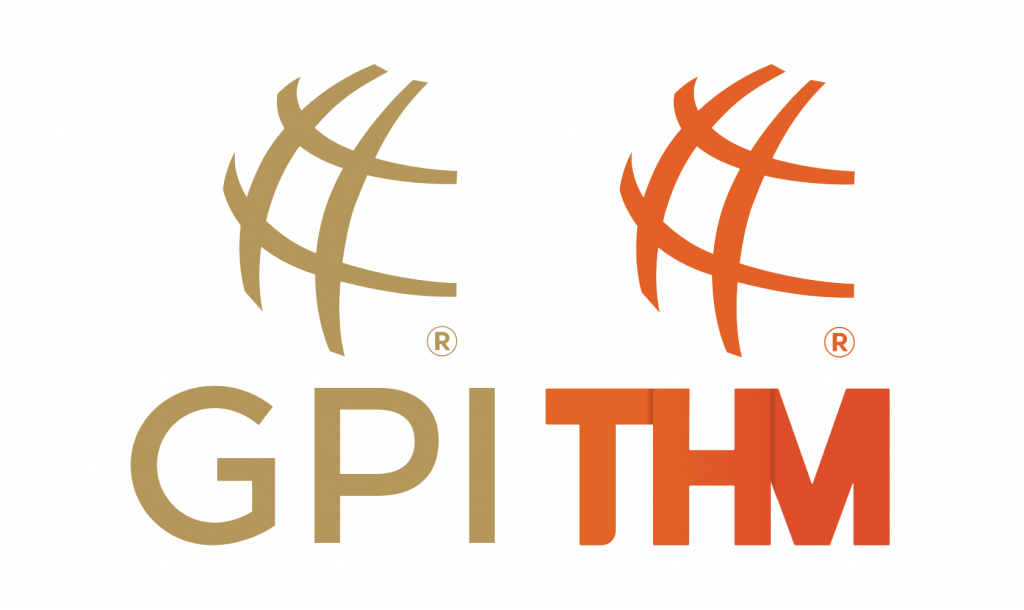Small-Pot Poker by Gavin Smith
You’ll be seeing a lot of me on next year’s World Poker Tour broadcasts. So far in the 2005-2006 schedule, I’ve made three final tables. I won the Mirage event, finished third at the Bellagio and fourth in Tunica. When you see a broadcast that features my play, you may be left scratching your head, asking, "Why the heck is that guy playing those cards?"
There’s no question that I do play an unconventional game. But, there is a method to my madness.
I play a style that’s usually referred to as "small-pot poker." Using this approach, I’m looking to pick up a lot of small pots by applying a constant level of pressure to my opponents. Pre-flop, I raise frequently, especially in position. My raises are small, usually around two-and-a-half times the big blind, as opposed to the customary three or four times the big blind. I’ll raise with a huge variety of hands – everything from big pocket pairs to "junk" hands, like 6d-4d, or 5c-8c.
Usually, I’ll miss the flop when I raise with junk. In fact, two-thirds of the time, I won’t make as much as a pair. But here’s the thing: If someone called my pre-flop raise, he’s also going to miss the flop most of the time. When we both miss, I have a distinct advantage. As the pre-flop aggressor, I have control of the hand. Most of the time (as much as 90 percent of the time), I’ll follow up my pre-flop aggression by betting roughly half to two-thirds of the pot on the flop. A good percentage of the time, this bet will be enough to take down the small pot.
Let me give you an example. Imagine that you’re playing in the big blind and you hold Ks-Qs. I raise in late position to two-and-a-half. K-Q suited is a pretty decent hand against someone like me, who has been raising constantly. Still, it’s not necessarily a hand you want to risk your whole tournament on. So you call.
When you opt to just call, I put you in a position where you really need to hit the flop. If the flop is all rags, you need to be worried that I made two-pair with 4-7. Or, if there’s an Ace on the flop, you need to be concerned, since I could be holding a real hand. Most of the time, you’ll end up surrendering the hand to my bet on the flop.
If you do hit a hand – say the flop comes K-Q-4 – that’s fine. With my playing style, I’m accustomed to getting check-raised a lot. But that’s okay, too. I didn’t risk a whole lot with my bets, so I can just surrender the hand and look for better spots down the line.
There are a couple of other advantages that come with playing this style. One is that no one ever puts me on a big hand pre-flop. So, when I do pick up pocket Aces or Kings, my hand is well disguised. My opponents are willing to call with marginal hands (like the aforementioned K-Q) and maybe get themselves in a lot of trouble. If someone does flop top pair when I hold an overpair, it’s likely I’m going to get a big portion of his stack.
The other great benefit comes when I hold junk and hit the flop hard. When I raise with 5-7 and flop a straight, an opponent holding pocket Jacks is going to be in a lot of trouble.
Some of the best tournament players around – Daniel Negreanu, Gus Hansen and Phil Hellmuth among them – employ some version of the small pot approach. Is it the right method for you? That’s something you’ll have to find out for yourself.
I do, however, caution beginners from trying this style as it requires a lot of difficult decisions (what do you do with top-pair bad-kicker on an 8-high flop, for example). These are answers that sometimes come easier to more experienced players who have developed a feel for the game.
Still, you can give small-pot poker a shot. Register for a low buy-in tournament online and mix up your game. If the tournament doesn’t go so well, you’ll only be out a small buy-in.
